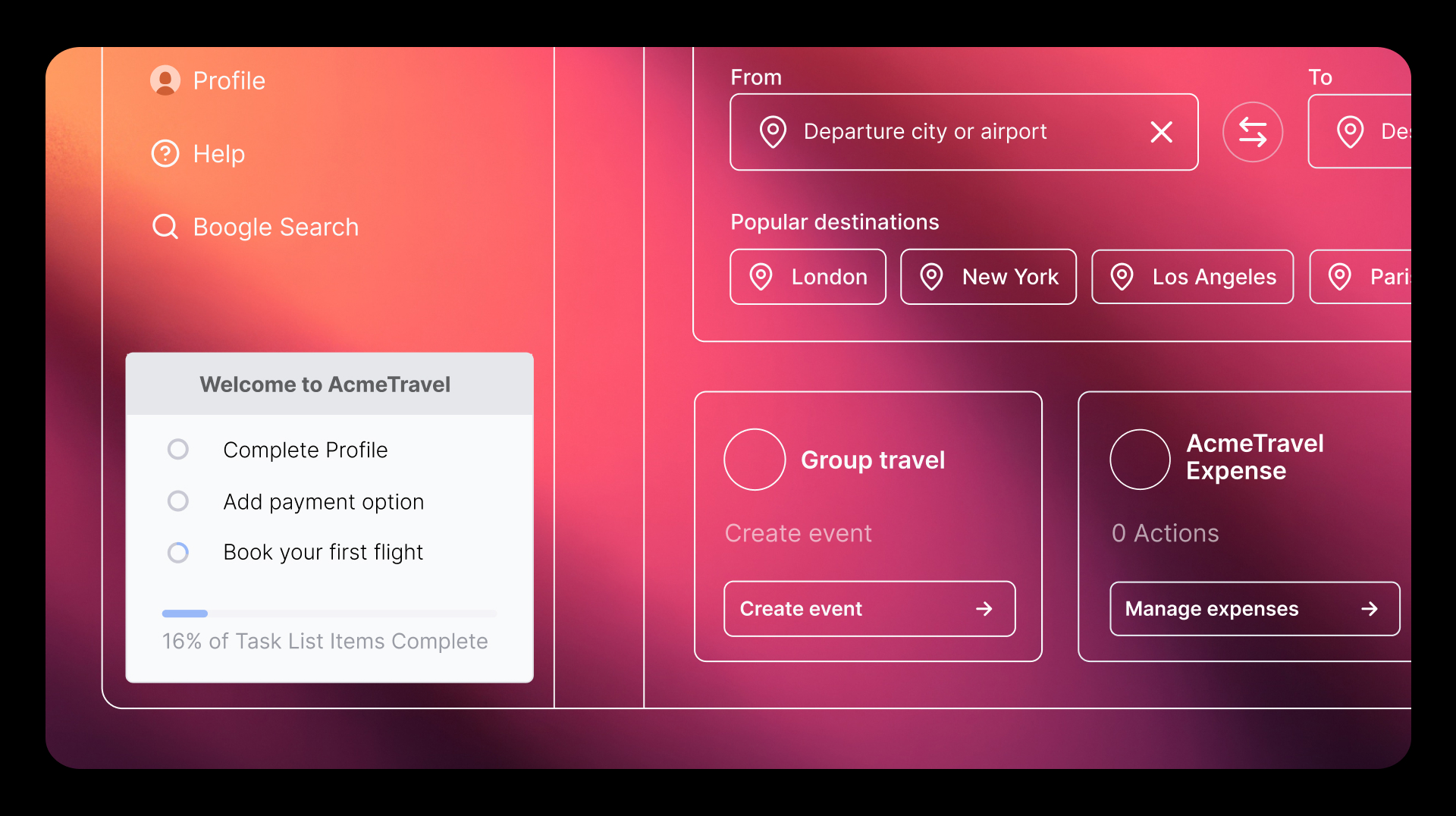Every organization’s idea of digital transformation looks a little different depending on their structure, tech suite, and goals—but there have certainly been some trends across industries and companies (whether “traditional” or tech) in recent years.
In the mid-2000s, most people saw digital transformation as the process of moving from paper-based processes and workflows into digital tools. But today, every company is a software company—whether they sell it, use it, or (more likely) both. During the COVID-19 pandemic, the focus of digital transformation shifted to standing up systems to allow employees to work from anywhere, with minimal interruptions to the business.
Now, as companies look for new ways to operate more efficiently and do more with less amidst an economic downturn, the moniker “digital transformation” is taking on yet another meaning—one that aligns perfectly with your product.
So, what does “digital transformation” mean today?
McKinsey defines digital transformation as “the fundamental rewiring of how an organization operates,” with the goal of “build[ing] a competitive advantage by continuously deploying tech at scale to improve customer experience and lower costs.” By this definition, it’s easy to see the synergies between digital transformation and product-led strategies.
Since your product—or digital—experience is your customers’ experience, it’s never been more important to leverage your product to operate more efficiently and optimize how your customers interact with your brand. The same goes for your employees: They expect the same quality and ease of use from their digital experiences at work as they do from their experiences as consumers.
For “traditional” or non-SaaS companies getting started on their digital transformation journey, it can be hard to know where to start. The good news? The best place to begin is with small (but powerful!) tweaks inside your product. Let’s explore three foundational aspects of digital transformation you can influence and improve using your product.
1. Product data
Data is the backbone of any solid business or digital transformation strategy. But product data, specifically, gets you the granular insights you need to truly understand how your customers and employees are engaging with and moving through your digital experiences today—so you can optimize them tomorrow.
The best way to get that data is by using a product analytics tool that shows you which features your customers and employees leverage (and which ones they don’t), the paths they take to get to those features, and the impact that utilization has on the business’ bottom line. Rather than basing decisions on word of mouth or gut instinct—which can lead to costly missteps and wasted time and resources—product data allows you to make more objective, unbiased decisions that can accelerate your digital transformation initiatives.
As we said earlier: Digital transformation looks different for everyone. So it’s important to keep in mind exactly how—and how frequently—your product is intended to be used as you look at the data. For example, an app like Salesforce, which your sales team likely uses every day, shouldn’t be evaluated and measured in the same way as something like Navan, which may only be used by a salesperson a few times a quarter. It’s important to ground your digital transformation initiatives with product benchmarks and product KPIs, based on your business’ unique goals.
See why "traditional" businesses are starting to act more like tech companies—and thriving as a result.
Get the report2. In-app guidance
Streamlining how you communicate with your customers and employees with automation is one of the easiest—but most impactful—ways to jumpstart your digital transformation journey. Not only does automated, in-app communication make your business more efficient, it also creates a better customer and employee experience.
For example, if you see that users are struggling to complete a particular workflow or aren’t using an important feature as frequently as they should, you can use in-app guides to prompt them on the benefits of using the feature, guide them to the right area of your product where they can find it, walk them through how to use it, and more. Delivering this kind of messaging directly inside your product (rather than using a more traditional outreach approach like email or 1:1 communication from CSMs or account owners) has many benefits:
- Guides can be deployed immediately, without needing to wait for the next release cycle or for engineering resources to free up
- You can target in-app guides to specific cohorts of customers or employees—so the right message reaches the right people, without bothering everyone else
- With a unified product experience platform like Pendo, you can easily monitor performance of your guides—and compare feature usage or workflow completion before and after launching a guide, so you can prove the impact of your efforts
- Proactively deploying in-app guides in high-friction areas of your product allows you to get ahead of frequently-asked questions and eliminate routine support tickets
- Your CSM, support, and account teams can spend more time nurturing high-value relationships, and less time repeatedly communicating basic product or feature information to their customers
Another core element of a strong digital transformation strategy is making it easy for new customers or employees to get started with your product. In-app guidance allows you to automate onboarding and train new users directly within the context of the product itself—improving knowledge retention and accelerating time to value. And it does so in a way that feels personalized and tailored to each user—another important factor of any strong digital experience.
Any digital transformation project also inherently involves a great deal of change. In-app guides can help you communicate changes to your customers and employees at scale. Are you phasing out a legacy version of your product and introducing a new user interface (UI)? You can use a proactive in-app guide to alert users of upcoming change so they aren’t caught off guard. Are you looking for feedback on a particular area of your existing product that you’re not sure what to do with? You can embed a poll or survey within an in-app guide to inform users about any tentative plans and solicit their input.
3. Feedback
As you embark on your digital transformation journey, it’s important to make sure your customers feel included in the process, otherwise they’re likely to lose trust in your company—or worse, churn.
Particularly because digital transformation is an iterative, ongoing effort, it’s critical to check in with your stakeholders to find out what’s working well (or not working so well) so you can pivot as needed—without wasting valuable time and resources. Qualitative data—or feedback—from your customers and employees plays a critical role. By correlating what your customers and employees are actually doing in your product with what they’re saying about those experiences, you get the complete picture of how your digital experience is landing and where it can improve.
Collecting feedback and comparing it against your product analytics data enables you to see how customers or employees are spending their time in your products—so you can better plan future changes or product and service enhancements. Plus, asking for feedback directly inside your product not only increases the likelihood that your customers and employees will actually share their thoughts (vs. asking for input in a survey sent via email), but also improves the quality of their feedback. And by soliciting input from your users in the moment, you’ll get the most honest and detailed insight possible, which will ultimately help you drive more meaningful change.
To learn more about how to leverage your product to drive digital transformation, check out this article on the Product-led Hub. This blog is part one of our digital transformation series—so be sure to check back here for new content, soon!


